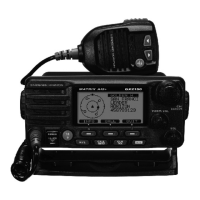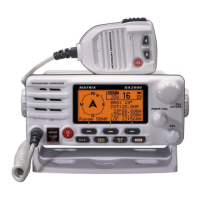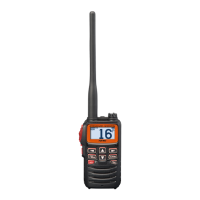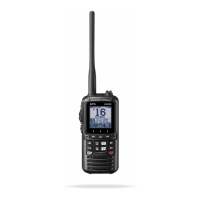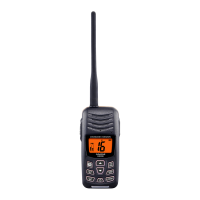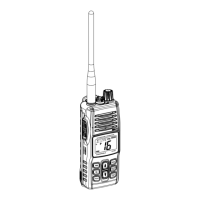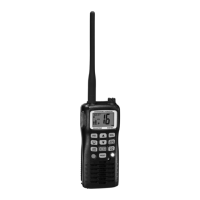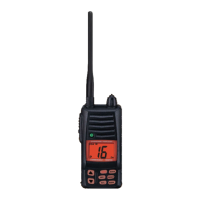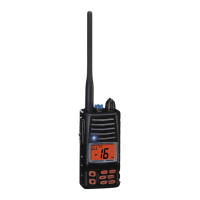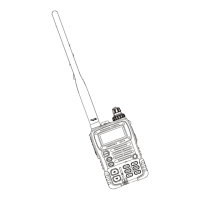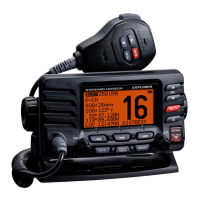MATRIX SERIES
GX2000 and GX2150
25 Watt VHF/FM
Marine Transceivers
Owner's Manual
GX2000: AIS support with external AIS receiver or transponder
GX2150:IntegrateddualchannelAIS(AutomaticIdenticationSystem)receiver
GX2150: 4800 or 38400 NMEA baud rate selection for plotters with 1 NMEA port
GX2150:AbletousePAorFogsignalingwhenonAISdisplay
TrueandMagneticbearingselectiononAISdisplay
AIStargetdisplayincludesMMSI,Callsign,ShipName,BRG,DST,SOG&COG
ContactClassAorBAISShipwithDSC
ProgrammableCPAorTCPAcollisionavoidancealarms
ITUClassDDSC(IndependentChannel70receiverbuilt-in)
Navigationinformation(LAT/LONG,SOG,COG)informationshownondisplay
NavigatetoaDSCDistressPosition
Enter,SaveandNavigatetoawaypointwithcompasspage
80dBcommercialgradereceiver
AutomaticDSCPositionPollrequesttoupto4separatevessels
E2O(Easytooperate)menusystemwithuserprogrammablesoftkeysonradio
GPSCompass,WaypointandGPSstatuspages
SubmersibleJIS-7/IPX-7rating(3.3feetfor30mins)
GX2150: 30WattPA/Loudhailerwithpreprogrammedfog signals andlisten-back
facility
ClearVoicenoisecancellingmicrophonewithchannelselectorand16/9key
CapableofconnectingtoaSecondStationRemote-AccessMicrophoneCMP31
IntercombetweenradioandRAM3+microphone
Versatileuser-programmablescanning,priorityscanandDualWatch
OversizedrotaryCHknobwithpushtoenter,backlitdisplayandkeys
VoiceScrambler(optional)
Local/Distanceattenuator
GX2150requiresconnectiontoexternalGPSor
GX2000requiresconnectiontoexternalGPSandAISreceiverortransponder
MATRIX AIS+ GX2150MATRIX GX2000
